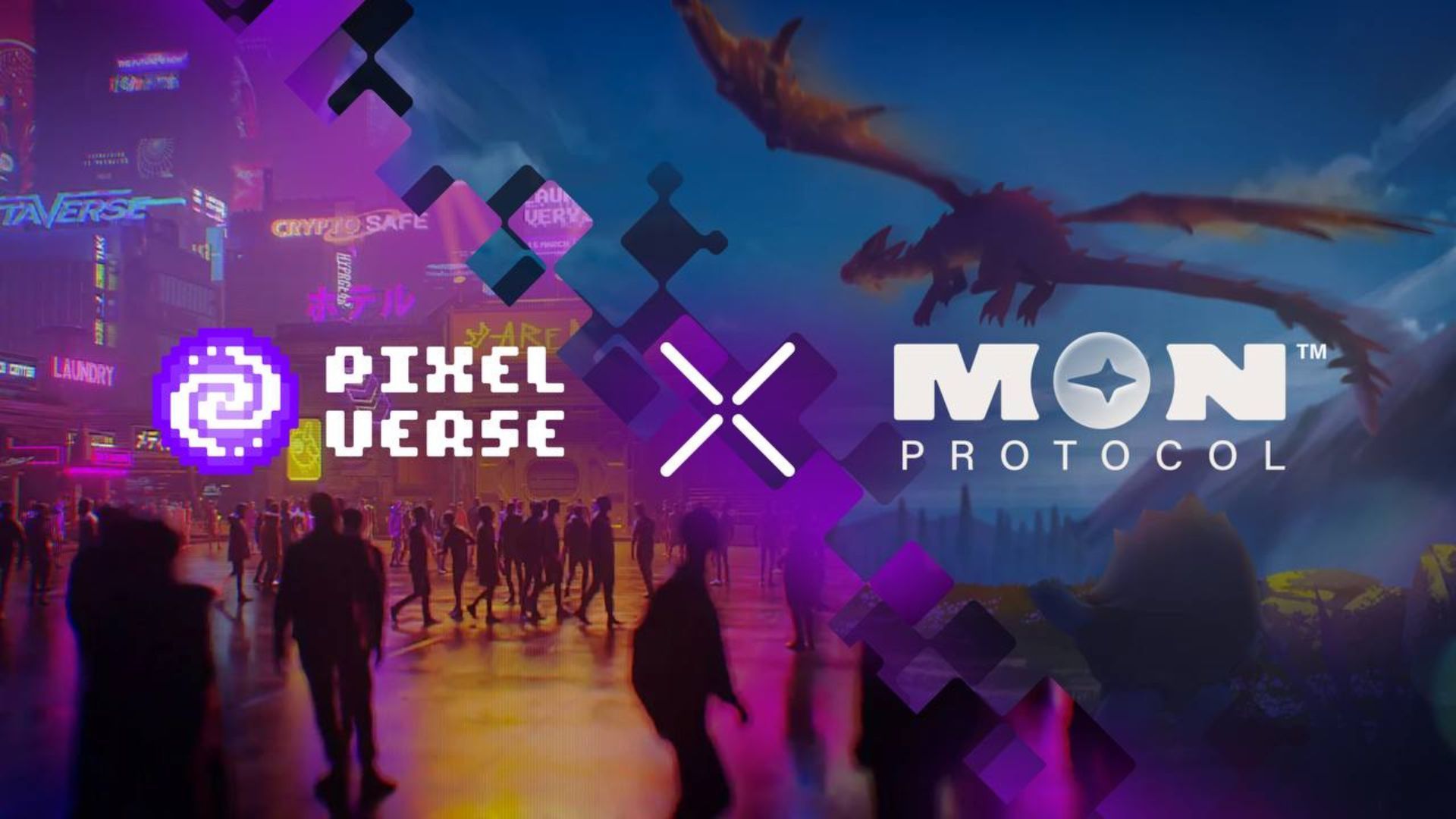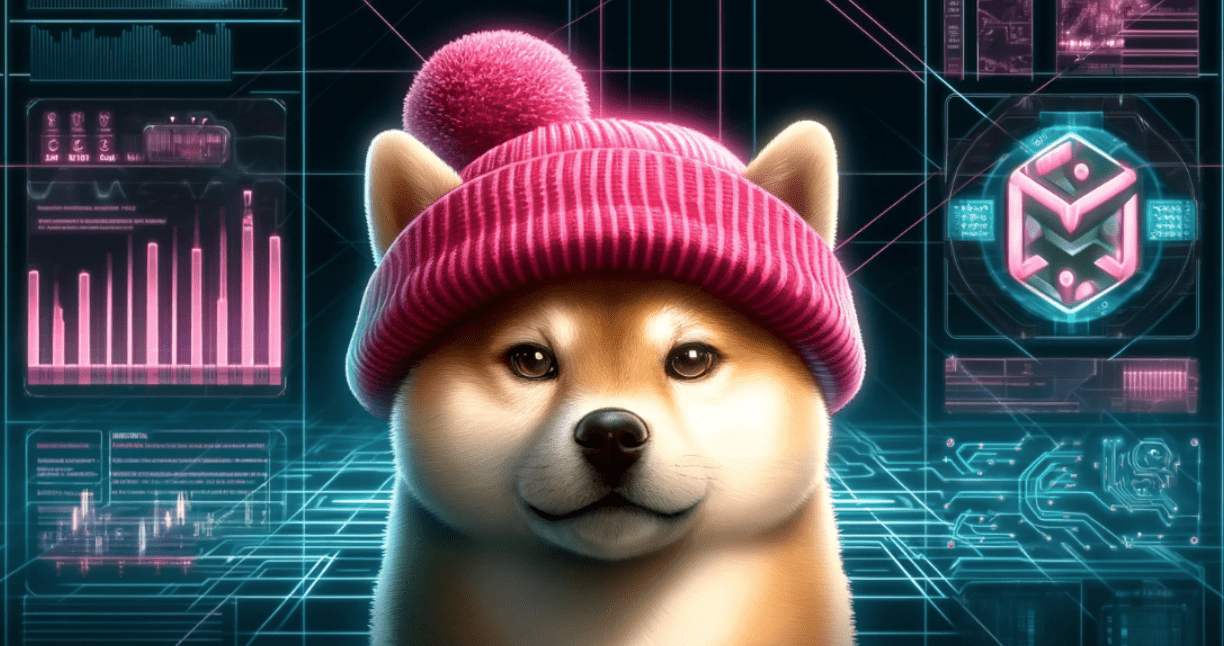Table of Contents
The global blockchain ecosystem is expanding as demand grows. As established networks continuously improve, fresh platforms with Web3-focused features are introduced. Here are the top blockchains to build for developers.
Blockchain technology might have been introduced to the world with Bitcoin, but it certainly didn’t stop with cryptocurrencies. Developers seeking to boost traceability and transparency in many industries, including finance, healthcare, supply chain, logistics, and law, started utilizing blockchain's inherent qualities. Naturally, new and more efficient blockchain networks became available.
While new and more efficient blockchains became available to address specific issues and obstacles, established blockchain networks continued to improve to keep up with the ever-changing needs of Web3. Below are the top blockchains to build the next big decentralized application (dApp) to cater to the needs of an innovation-hungry Web3 ecosystem:
Horizen EON
Horizen EON is a fully EVM-compatible smart contract platform and an Ethereum Virtual Machine (EVM) sidechain that introduced its mainnet in 2023. It helps developers to build and deploy dApps in the Ethereum ecosystem effectively.
The Horizen ecosystem of dApps, services, tools, and supporters have expanded rather quickly thanks to zkSNARKs-enabled, permissionless, configurable, and interoperable cross-chain communications. Among the projects on Horizen EON Mainnet are the top self-custodial wallet MetaMask, decentralized governance platform Snapshot, and Web3 bug bounty platform ImmuneFi.
Horizon EON’s unique sidechain technology enables programmers to create scalable blockchains handling tens of thousands of transactions per second.
Horizen EON assists builders with comprehensive toolings that ensure seamless dApp deployment and interfaces. Additionally, it facilitates the expansion of businesses and offers extra benefits, including grants, liquidity, and access to other resources. With its vast node network for security and decentralization, it provides 100% uptime and dependability. This improves security by defending against 51% Attacks.
Horizen EON also positions itself as the new hub of dApps for end users that close the gap between Web2 and Web3. These objectives are supported by EON's hands-on approach to building an ecosystem intended for everyday consumers. Along with the required technological infrastructure, the EON platform aims to offer builders a nurturing environment that encompasses product support and incubation.
Radix
Radix is a blockchain infrastructure designed to develop dApps focusing on scalability and performance. Its most distinctive feature is the Atom Model —a data structure that enables more effective data and transaction processing.
Radix offers developers code reuse, standardization and modularity beyond simple copy-and-paste operations. Developers can access a catalog of functionality that can be directly reused, configured, combined and extended.
The Scrypto programming language and the Radix Engine2 smart contract environment enable limitless, simple and safe development of DeFi dApps. With the help of these tools, developers can create more complex dApps while getting robust security against exploits and hacks.
Radix features an on-network Developer Royalties4 scheme that pays Scrypto developers for creating valuable codes so that developers can rapidly build, deploy and be rewarded for DeFi dApps and codes. The Radix Engine-developed Cerberus5 consensus system allows infinite dApp scaling at global usage without breaking composability.
Ethereum
The mothership of decentralization, Ethereum is the blockchain that introduced smart contracts to the world. After working on a Proof-of-Work consensus mechanism for many years, the network has recently migrated to Proof-of-Stake (PoS), providing users and developers with faster transaction times and lower fees. The network is now commonly called Ethereum 2.0.
With its transition to PoS and the implementation of shard chains, Ethereum 2.0 promises enhanced scalability and reduced energy consumption. The upgrade has opened new opportunities for blockchain developers to build more efficient and eco-friendly dApps. Developers can participate in the network's consensus mechanism by staking their Ether (ETH) holdings and receiving incentives.
The Ethereum network is built to facilitate developers' creation of dApps and smart contracts. Improvements in scalability and performance provide developers with a more fluid and responsive user experience. The upgraded network seeks to increase interoperability with other blockchain networks, incentivizing developers to create apps that interact with numerous blockchain platforms seamlessly.
Last but not least, Ethereum enjoys a massive community that actively participates in the development and progress of Ethereum 2.0. As a result, developers can quickly discover the information they need online.
Solana
Solana is designed for everyday usage by being energy-efficient, fast and cheap. The project's primary goal is to create a structure that will encourage the public to adopt blockchain technology and make it as simple as possible for individuals to experiment with and use it.
While several prominent blockchain technologies require a lot of energy to mine, Solana uses Proof of Stake to confirm data, and a particular innovation called Proof of History allows it to validate even faster.
Solana is built on the RUST programming language, which helps to secure transactions. Furthermore, Solana employs the Byzantine Fault Tolerance (BFT) algorithm as a safety shield, meaning that the system will remain operational even if a specific Solana node fails.
Solana uses a Gulfstream system to eliminate the need for a mempool and Sealevel technology to ensure that many smart contracts can run concurrently. Its Cloudbreak technology ensures the scalability of the entire system. It also helps tokens and transactions on Solana avoid experiencing throughput concerns. Solana's support for smart contracts and DeFi projects distinguishes it as an adaptable platform for various applications.
Polkadot
Polkadot is a prominent player in the blockchain ecosystem thanks to its revolutionary approach to inter-blockchain communication. Polkadot's ability to promote seamless data sharing and chain collaboration allows cross-blockchain transfers of any type of data or asset, not just tokens. Developers may use the Substrate framework to develop a custom blockchain in minutes and get interoperability and security.
Key features of Polkadot include low cost of building, shorter time to market, upgradability, interoperability, and para-chain auctions. To provide scalability, Polkadot distributes all transactions across numerous parallel blockchains.
Polkadot opts for the novel Nominated Proof-of-Stake (NPoS) consensus architecture, which uses a fraction of traditional blockchains' energy. According to the inventors, the network has the lowest carbon footprint among PoS systems.
The updating procedure is one of the concerns that developers deem critical. Polkadot has a sophisticated governance system in which all stakeholders have a say. Polkadot's development is community-driven since network updates are organized on-chain and implemented without forking the network.
Polkadot also contains the Polkadot Developer Heroes program, which allows developers of all levels to engage and encourages collaborative work. Developers can seek advice from more experienced colleagues or team up within this program.
As companies and individual developers seek the most efficient blockchain that’s also easy to build on, the selection process should involve specific features that answer the needs of their project, as there’s no one-size-fits-all solution when it comes to blockchain. However, starting the research with the blockchain listed in this article would significantly reduce the research efforts for finding the top blockchain to build on.
Disclaimer: This article is provided for informational purposes only. It is not offered or intended to be used as legal, tax, investment, financial, or other advice.
Investment Disclaimer













